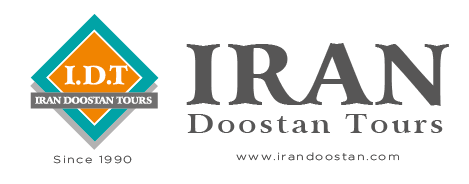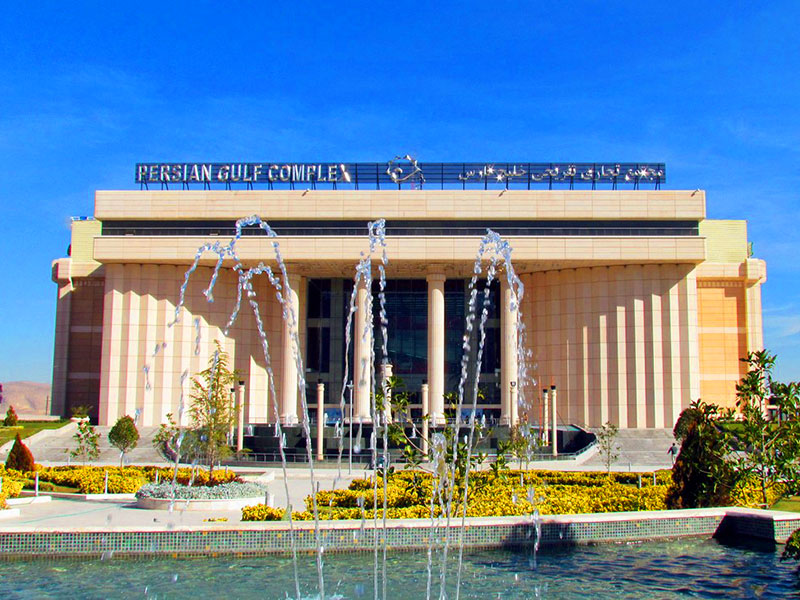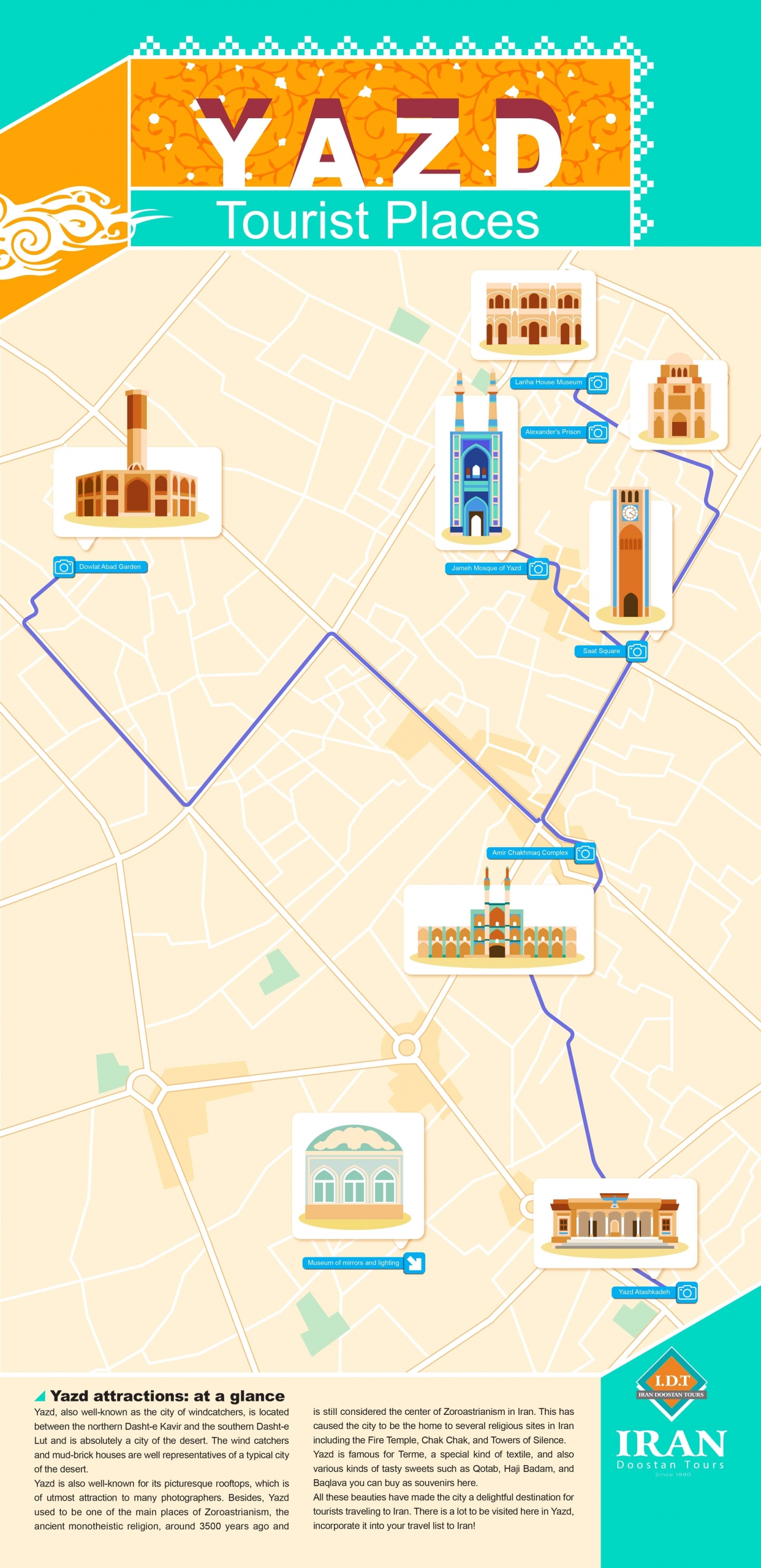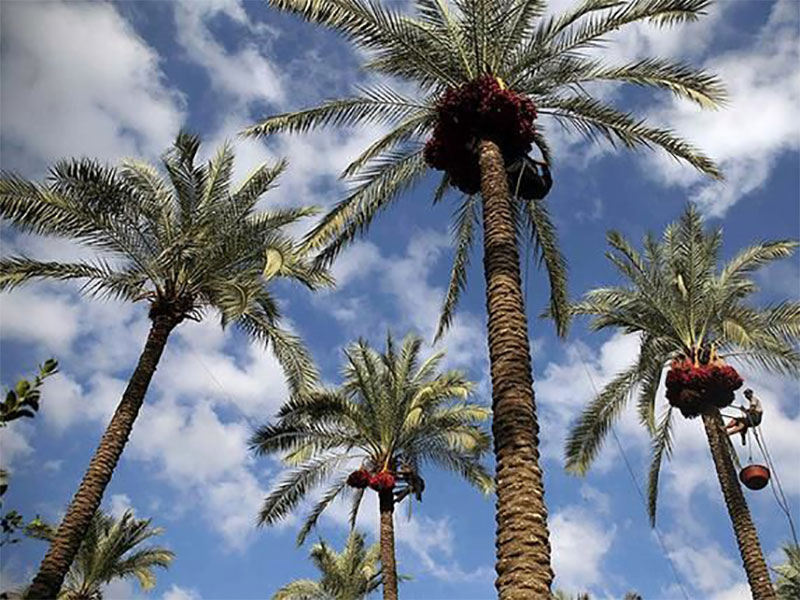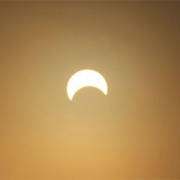Iran Souvenir: 7 Top souvenirs to buy in Iran
From now on you don’t need to worry about what you actually could buy as a souvenir in Iran. From carpets and Persian rugs, to spices and nuts or specially designed decorations in Persian styles. Here are 7 most popular Persian souvenirs that could be bought to bring back the sweet memories of your trip in Iran.
Persian Carpet
As you might know, some of the best rugs in the world are made in Iran. Persian Carpets have always been popular among all people around the world. Almost every part of Iran that you travel to, has amazing carpets lying around the shops, spreading colorful and dreamy vibes around. Some carpets might take over years to be done, and considering the number of knots and time that has been put into carpets, their prices differ from one another. If you’re looking to buy a Persian carpet or a rug as a souvenir, silk or wool hand-knotted ones are the best options if you truly want to feel heaven under your feet.

Most of the best carpets in the world are made in Iran.
Saffron
Iran is one of the main producers of saffron, a popular and precious spice. Saffron is almost served with every Persian meal that has rice beside it. The luxurious popular plate of Persian rice, topped with some saffron rice, is absolutely everyone’s favorite. Saffron is not only used for meals but it is also used for drinks as well. Making a drink with saffron and rosewater, or just adding a little bit of it to your tea could make your day all better (Saffron harvest season in Iran)

Iran is one of the main producers of saffron, a popular and precious spice.
Caviar
What could possibly be more luxurious than Caspian Caviar as a souvenir? Iran owns the most expensive caviar in the world which is known as Almas Beluga Caviar. Beluga fish can be found in southern part of Caspian Sea and their soft and large golden or black eggs are what they’re famous for. This particular type of caviar, also known as black gold, has lots of fans for itself. Caviar has always been a fancy meal among Iranians and it still is being served at special events and dinner parties.

Iran owns the most expensive caviar in the world which is known as Almas Beluga Caviar.
Pistachio
If you didn’t know already, pistachios require cool winters and hot summers to grow. Iran as one of the rare countries that has all of the four seasons, is one of the best regions to produce pistachios. You can only find the best quality pistachios in the world in Iran. Rafsanjan City, in Kerman Province, is the main source of production of Iran’s pistachios. The lemon roasted and lightly salted pistachios are always served in Nowruz among other kinds of nuts. Take some tasty Persian pistachios with you as a souvenir, so you can celebrate with Iranians, by enjoying some pistachios during Nowruz.

Top souvenirs buy in Iran: High-quality Pistachio
Gaz
This sweet and delicious Persian nougat called Gaz is extremely popular among Iranians that you can almost find them in every house or shop in Iran. Isfahan is where Gaz was originated, and this Persian nougat is actually one of Isfahan’s famous souvenirs. So whenever Iranians travel to Isfahan from other cities, nearly all of their family and friends expect them to bring Gaz for them as souvenirs. Gaz is also served in Persian ceremonies such as Nowruz. The tasty nougat is usually served with a hot cup of tea in order to sweeten the bitterness of the tea.

This sweet and delicious Persian nougat called Gaz is extremely popular among Iranians.
Persian Turquoise
You might be wondering what is so special about Persian turquoise; the pure sky-blue color of Persian turquoise can only be found in Persian mines and that’s what makes them so rare. The turquoise gemstone is also considered to bring peace to the home and fortune to its owner. It is also believed that this particular stone could actually decrease the amount of negative energy. You can see a lot of Iranian women like wearing necklaces or bracelets made out of turquoise as well. Turquoise was also used in ancient Persian architecture; for instance, they used turquoise to cover the domes or design the palaces with its stunning and calming color.

The turquoise gemstone appear in variety of forms and in different objects ranging from ring to necklace and even decorative dishes.
Persian Handicrafts
These types of souvenirs are the only kind that have a vast range of variety. For instance, Persian clothing is a good choice. You can buy handmade masks that women wear along with their colorful and traditional clothes in southern region of Iran, or other regions’ traditional clothing with paisley or different Persian patterns on them.

Patedoozi: a kind of popular handicraft made by Kermani women in Iran.
You also might be interested in handmade Persian espadrilles which are highly comfortable for a walk in summertime. If you’re not into clothing, then you can choose some home furnishing such as pillow covers for your couches, or enamel work plates, hand-painted vases and ceramics, tea sets or other decorative items that would remind you of Iran. Traveling to Iran is truly a rewarding journey for you. We would welcome any inquiry you may have about traveling to Iran, please do not hesitate to contact us at info@idt.ir.
Are you planning to travel to Iran? Check out our Iran tours.
